Englishwise, they are correct it is the odds and the odds are based on a ratio calculation It is not, however, the odds ratio that is talked about when results are reported The odds ratio when results are reported refers to the ratio of two odds or, if you prefer, the ratio of two odds ratios That is, let us writeOdds and Odds Ratios Odds are the probability of an event happening / the probability of an event not happening Thus the odds of throwing a three with one die is 1/5 odds = probability / (1 probability) and conversely probability = odds / (1 odds) Odds Ratio Odds ratio is the ratio of odds for the exposed group vs the unexposed groupAnd for females, the odds of being in the honors class are (32/109)/ (77/109) = 32/77 =42 The ratio of the odds for female to the odds for male is (32/77)/ (17/74) = (32*74)/ (77*17) = 1809

Plotting Odds Ratio Vs Continuous Variable In Stata Stack Overflow
Calculating odds and odds ratio
Calculating odds and odds ratio- Interpreting Odds Ratio Odds ratio is a very effective way of determining association between two variables, mostly influence of one factor on the outcome of interest If strong enough, and the statistical analysis robust enough, it can even determine causality ie prove a cause – effect relationship between a risk factor and disease or an Like we did with the risk, we can calculate the ratio of the odds of the two groups to get the odds ratio (OR), which gives us an idea of how much more likely is the event to occur in one group than the other As you can see, they are similar but different concepts In
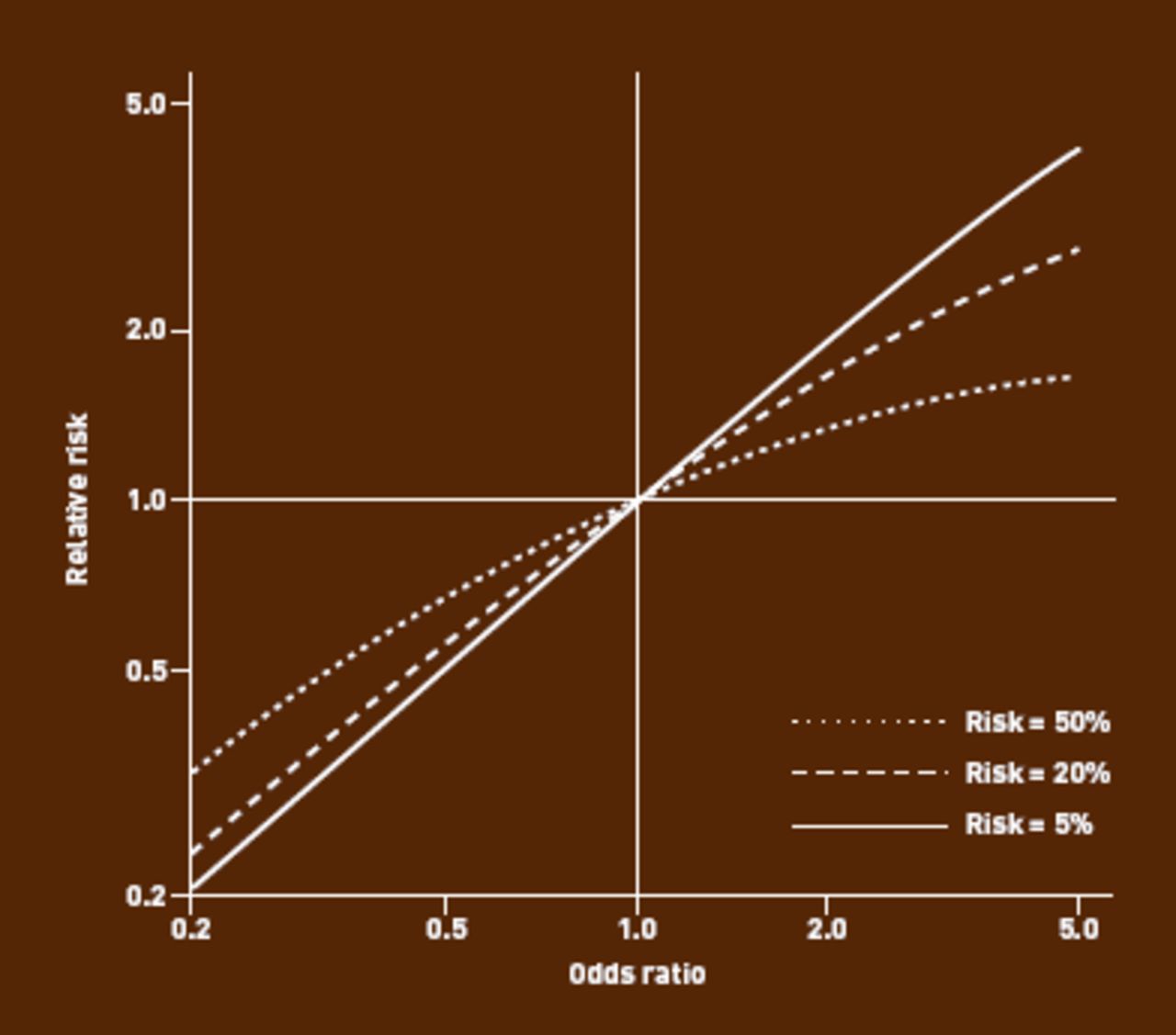



Against All Odds Improving The Understanding Of Risk Reporting British Journal Of General Practice
The basic difference is that the odds ratio is a ratio of two odds (yep, it's that obvious) whereas the relative risk is a ratio of two probabilities (The relative risk is also called the risk ratio) Odds ratios While risk reports the number of events of interest in relation to the total number of trials, odds report the number of events of interest in relation to the number of events not of interest Stated differently, it reports the number of events to noneventsThe odds ratio is calculated using the number of case patients who did or did not have exposure to a factor (such as a particular food) and the number of controls who did or did not have the exposure The odds ratio tells us how much higher the odds of exposure are among case patients than among controls
Binomial So I think that the reason you see lots of RR, but very little PR is that PR is constructed from probability/Binomial type quantities, while RR is constructed from rate type quantities In particular note that incidence can exceed 100% if people can catch the disease multiple times per year, but probability can never exceed 100%(12) Matchedpair analysis yielded an odds ratio of 70 with a 95% confidence interval of 17 to 28 (13) When the 2 preinvasive disease categories were combined, an elevated odds ratio of borderline significance was found for 2 of the 3 lower quintiles for the 4 low quintiles combined It seems clear to me odds ratio (O R) is not equivalent to difference in probability and it's not possible to derive the difference knowing nothing but the odds ratio As an example, say on a given day cat's have 49% chance of getting sunburn while dogs have 52% chance
The odds ratio is a way of comparing whether the odds of a certain outcome is the same for two different groups (9) The odds ratio is simply the ratio between the following two ratios The ratio between standard treatment and the new drug for those who died, and the ratio between standard treatment and the new drug for those who survivedThis table displays the cumulative odds ratios for the factor levels of Driving frequency, using 10–14,999 miles/year as the reference category Since Driving frequency is not involved in any interaction terms, the odds ratios are merely the ratios of the exponentiated parameter estimates For example, the cumulative odds ratio for –29,999 miles/year vs 10–14,999 miles/year is While odds are expressed in the ratio, the probability is either written in percentage form or decimal Odds usually ranges from zero to infinity, wherein zero defines impossibility of occurrence of an event, and infinity denotes the possibility of occurrence Conversely, probability lies between zero to one
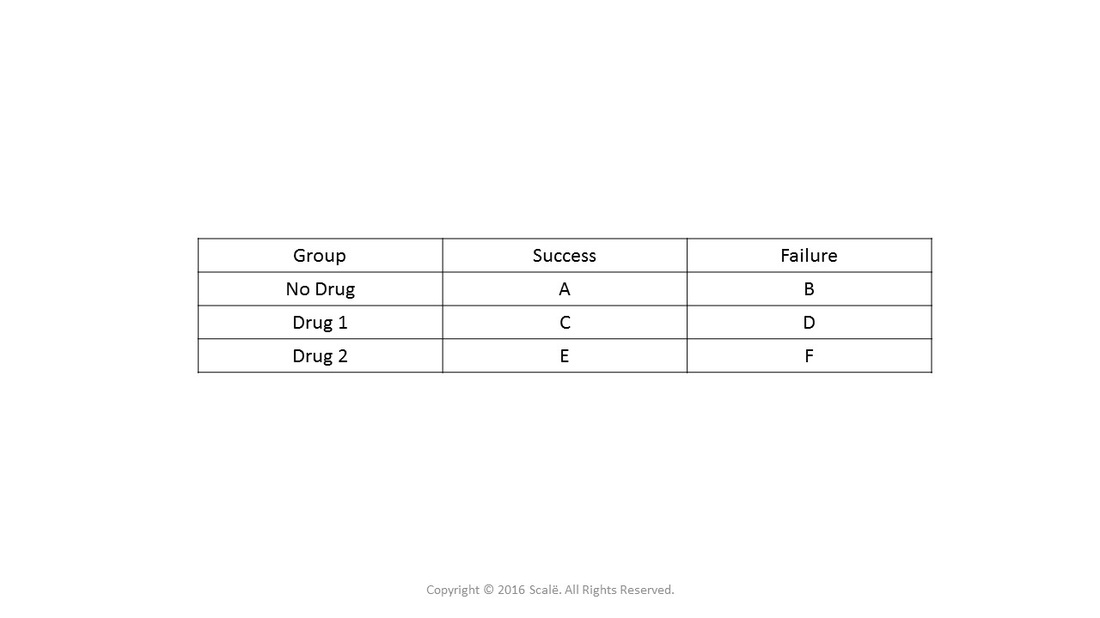



Use And Interpret Unadjusted Odds Ratio In Spss




The Effect Of A Lack Of Dose Response Results On Odds Ratio Cross Validated
Smoking The adjusted odds ratio for smoking is calculated as e485 = 1624 This means the odds of having a baby with low birthweight are increased by 624% if the mother smokes (compared to not smoking), assuming the variable age is held constant For example, suppose mother A and mother B are both 30 years oldValue As a verb rate is to assign or be assigned a particular rank or level or rate can be to berate, scoldOdds ratios (OR) are commonly reported in the medical literature as the measure of association between exposure and outcome However, it is relative risk that people more intuitively understand as a measure of association Relative risk can be directly determined in a cohort study by calculating a risk ratio (RR)
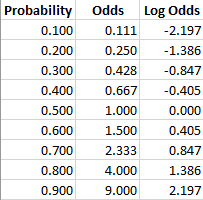



Log Odds Definition And Worked Statistics Problems




Cohort Specific And Meta Analysis Pooled Odds Ratios Ors Of Download Scientific Diagram
INTRODUCTION Odds ratio (OR) and risk ratio (RR) are two commonly used measures of association reported in research studies In crosssectional studies, the odds ratio is also referred to as the prevalence odds ratio (POR) when prevalent cases are included, and, instead of the RR, the prevalence ratio (PR) is calculatedAn odds ratio is a statistic that quantifies the strength of the association between two events, A and B The odds ratio is defined as the ratio of the odds of A in the presence of B and the odds of A in the absence of B, or equivalently, the ratio of the odds of B in the presence of A and the odds of B in the absence of A Two events are independent if and only if the OR equals 1, ie, Odds ratio is a measure of association between two variables ie a measure to determine wether the presence of a variable is associated with the presence or absence of another variable For example, we can use odds ratio to measure if an exposure like texting while driving is associated with an outcome like RTA (Road Traffic Accidents)



1




1 Relative Risks Odds Ratios Or Hazard Ratios Of Risk Factors For Download Table
Objective Use of odds ratio (OR) in randomized controlled trials (RCTs) has been criticized because it overestimates the effect size, if incorrectly interpreted as risk ratio (RR) To what extent does this make a difference in the context of clinical research is unclear We, therefore, aimed to address this issue considering its importance in evidencebased practice of medicineOdds (Safety) = 12/72 = 1787 Now get out your calculator, because you'll see how these relate to each other Odds (Accident) = Pr (Accident)/Pr (Safety) = 053/947 Understanding Probability, Odds, and Odds Ratios in Logistic Regression Despite the way the terms are used in common English, odds and probability are not interchangeable 1 Probability = Event/Sample Space 2 Odds= Prob (Event)/Prob (NonEvent) 3 Odds Ratio = Odds (Group 1)/ Odds (Group 2) Interpretation The Odds Ratio is a measure of association between exposure and outcome OR=Odds (Group 1)/Odds (Group2)>1 indicates the increased occurrence of an event in Group 1 compared to Group 2




What Is An Odds Ratio And How Do I Interpret It Critical Appraisal
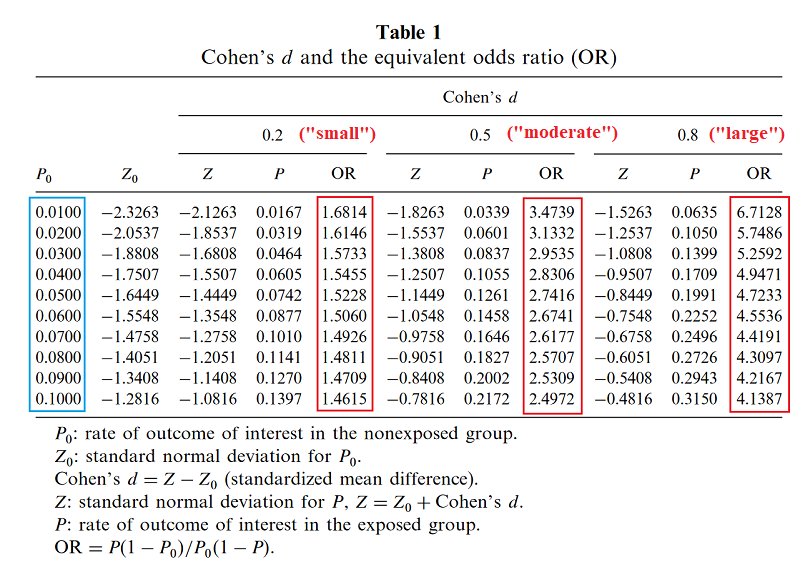



Never Tell Me The Odds Ratio Slate Star Codex
8 e b = e log(odds male /odds female) = odds male /odds female = OR which means the the exponentiated value of the coefficient b results in the odds ratio for gender In our particular example, e = 544 which implies that the odds of being admitted for males isAn odds ratio (OR) is a measure of association between an exposure and an outcome The OR represents the odds that an outcome will occur given a particular exposure, compared to the odds of the outcome occurring in the absence of that exposureAs an extreme example of the difference between risk ratio and odds ratio, if action A carries a risk of a negative outcome of 999% while action B has a risk of 990% the relative risk is approximately 1 while the odds ratio between A and B is 10




What And Why Of Log Odds What Are Log Odds And Why Are They By Piyush Agarwal Towards Data Science




Odds Ratio And 95 Confidence Interval Youtube
The odds ratio is the ratio of two odds ODDS RATIO Odds Ratio = Odds of Event A / Odds of Event B For example, we could calculate the odds ratio between picking a red ball and a green ball The probability of picking a red ball is 4/5 = 08 The odds of picking a red ball are (08) / 1(08) = 08 / 02 = 4 The odds ratio for picking a red The process of calculating probabilities from odds can be generalised by the following equation, where H is a certain hypothesis and O(H) are the odds in favour of that hypothesis (the ratio of the bet of winning vs losing)When the disease is rare, the odds ratio will be a very good approximation of the relative risk The more common the disease, the larger is the gap between odds ratio and relative risk In our example above, p wine and p no_wine were 0009 and 0012 respectively, so the odds ratio was a good approximation of the relative risk



Q Tbn And9gcs7g3 Oy3gxo7fbk7uvklwexnnbqcmd7m5bqd Ghq64ww9hd4dh Usqp Cau




Adjusted Odds Ratio Definition Examples
An odds ratio is a relative measure of effect, which allows the comparison of the intervention group of a study relative to the comparison or placebo group So when researchers calculate an odds ratio they do it like this The numerator is the odds in the intervention arm The denominator is the odds in the control or placebo arm = Odds Ratio (OR)In logistic regression, this is assessed by comparing the log odds of having diabetes in older people with the log odds of having diabetes in younger people Dividing the former by the latter gives the log odds ratio Happily, we can take the antilogarithm of the odds, log odds ratio, a procedure called exponentiating, to get the odds ratioOdds Ratios and Log(Odds Ratios) are like RSquared they describe a relationship between two things And just like RSquared, you need to determine if this




Frontiers Odds Ratio Or Prevalence Ratio An Overview Of Reported Statistical Methods And Appropriateness Of Interpretations In Cross Sectional Studies With Dichotomous Outcomes In Veterinary Medicine Veterinary Science




Definition And Calculation Of Odds Ratio Relative Risk Stomp On Step1
Inference from odds ratio If Then odds ratio = 1 the event is equally likely in both groups odds ratio > 1 the event is more likely in Group 1 odds ratio < 1 the event is more likely in Group 2 the greater the number the stronger the association In example 1 odds ratio = 36 students are much more likely to drink beer than teachers!(12) Matchedpair analysis yielded an odds ratio of 70 with a 95% confidence interval of 17 to 28 (13) When the 2 preinvasive disease categories were combined, an elevated odds ratio of borderline significance was found for 2 of the 3 lower quintiles for the 4 low quintiles combined Logit To beginn with the Logit it is defined, as explained in the introduction, as the natual logarithm of the odds Odds are the ratio of the probability that the outcome variable will be 1 \(p(Y=1)\), also considered as the proabability of success, over the proabability that it will be 0 \(p(Y=0)\), sometimes considered as the probability of failure
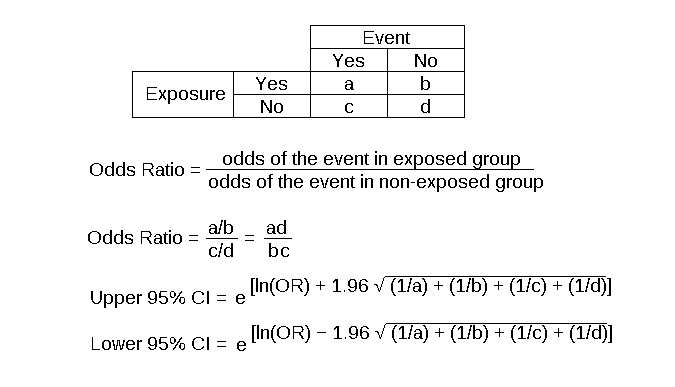



Odds Ratio Article



Q Tbn And9gctxz8owky Sul84xtk4ggzacxwhkmhguhlxwyjj9avufagdrhwm Usqp Cau
We can manually calculate these odds from the table for males, the odds of being in the honors class are (17/91)/ (74/91) = 17/74 =23; then the odds ratio is computed by taking the ratio of odds, where the odds in each group is computed as follows OR = (a/b) / (c/d) As with a risk ratio, the convention is to place the odds in the unexposed group in the denominatorAs nouns the difference between odds and rate is that odds is the ratio of the probabilities of an event happening to that of it not happening while rate is (obsolete) the estimated worth of something;
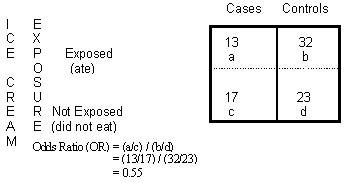



Odds Ratio Calculation And Interpretation Statistics How To




Figure 7 Random Effects Model Meta Analysis Of Relative Odds Ratio Of Icd Vs No Icd For Arrhythmic Death Between Younger And Older Subgroups Assessment On Implantable Defibrillators And The Evidence For
Odds are the ratio of an event happening to an event not happening, but Odds Ratio is the ratio of two odds (Odds1 and Odds2) The Odds ratio is an important concept that is useful while interpreting the output of the Logistic Regression algorithm, it also measures the association between eventsThis StatQuest covers those subjects so that you can understand the statiA likelihood ratio of 1 implies that there will be no difference between pretest and posttest probabilities Likelihood ratios of > 10 or < 01 indicate large, often clinically significant differences Likelihood ratios between 1 and 2 and between 05 and 1 indicate small differences (rarely clinically significant)
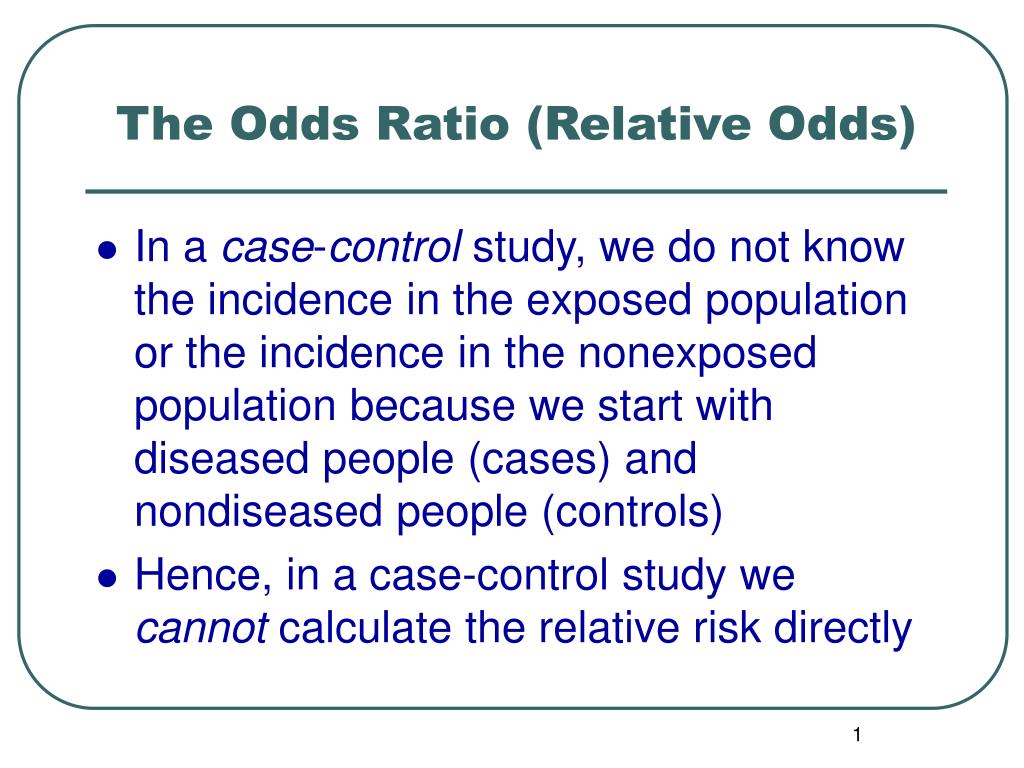



Ppt The Odds Ratio Relative Odds Powerpoint Presentation Free Download Id 6056
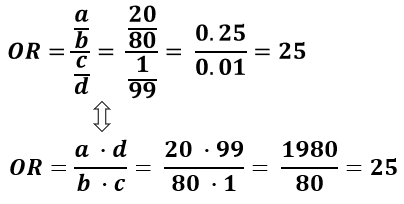



Odds Ratio Calculator Calculate Odds Ratio Confidence Intervals P Values For Odds Ratios
The difference between odds ratio and risk ratio While Risk Ratio is the probability of one thing divided by the probability of another (usually in a separated group), Odds Ratio is the odds of one event happening divided by the odds of another EssoeOdds1Fractional odds are the ratio of the The higher the total payout (ie, the higher the decimal odd), the The difference between the odds for the favorite and the underdog widens as the But a difference between two proportions near 0 or 1 may be more noteworthy than a difference between two proportions that fall closer to the middle of the 0,1 range To investigate this we turn to relative risk and odds ratios Relative Risk Relative risk is usually defined as the ratio of two "success" proportions




On Biostatistics And Clinical Trials Odds Ratio And Relative Risk




A Most Odd Ratio Interpreting And Describing Odds Ratios Abstract Europe Pmc
An odds ratio (OR) is a measure of association between an exposure and an outcome The OR represents the odds that an outcome will occur given a particular exposure, compared to the odds of the outcome occurring in the absence of that exposureMathematically, probability and odds ratio are two different things Probability is the likelihood that an event will occur, one side of a die out of six possible outcomes Odds ratio is the likelihood that an event will occur in relation to the likelihood that an event will not occur, 1 event for and 5 events againstThe odds aren't as odd as you might think, and the log of the odds is even simpler!




What Is The Difference Between The Risk Ratio Rr And The Odds Ratio Or Quora




Relative Risk And Odds Ratio Usmle The Journey
Odds range from 0 to infinity, while probabilities range from 0 to 1, and hence are often represented as a percentage between 0% and 100% reversing the ratio switches odds for with odds against, and similarly probability of success with probability of failure Risk Ratio vs Odds Ratio 5/1000 get cancer with Vapalicious vs 25/1000 for nonusers RR = 2 OR = 2 as well (actually 05) With rare outcomes, the RR and OR are very similarOdds Ratio (OR) measures the association between an outcome and a treatment/exposure Or in other words, a comparison of an outcome given two different groups (exposure vs absence of exposure) OR is a comparison of two odds the odds of an outcome occurring given a treatment compared to the odds of the outcome occurring without the treatment




Mixing Of Confounding And Non Collapsibility A Notable Deficiency Of The Odds Ratio American Journal Of Cardiology




Against All Odds Improving The Understanding Of Risk Reporting British Journal Of General Practice




When Can Odds Ratios Mislead The Bmj
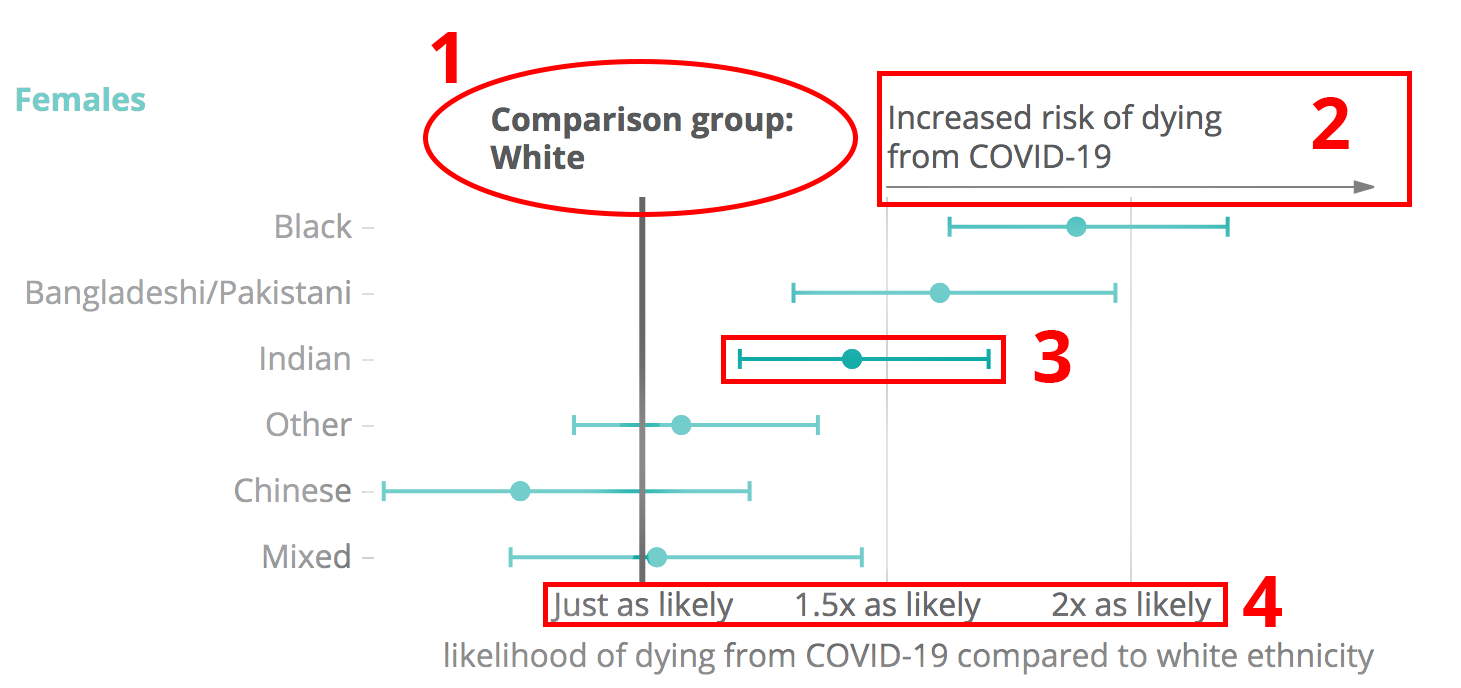



Against All Odds How To Visualise Odds Ratios To Non Expert Audiences Henry Lau




Plotting Odds Ratio Vs Continuous Variable In Stata Stack Overflow
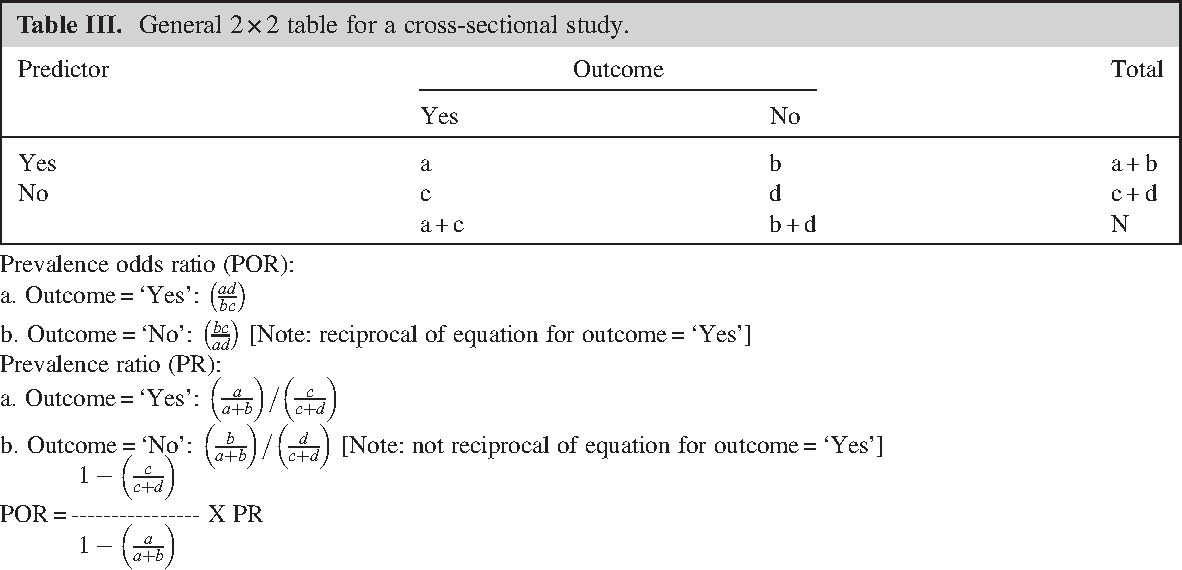



Pdf Prevalence Odds Ratio Versus Prevalence Ratio Choice Comes With Consequences Semantic Scholar
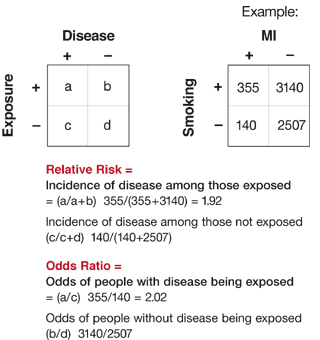



Relative Risks And Odds Ratios What S The Difference Mdedge Family Medicine




Using Odds Ratio In Case Control Studies Youtube
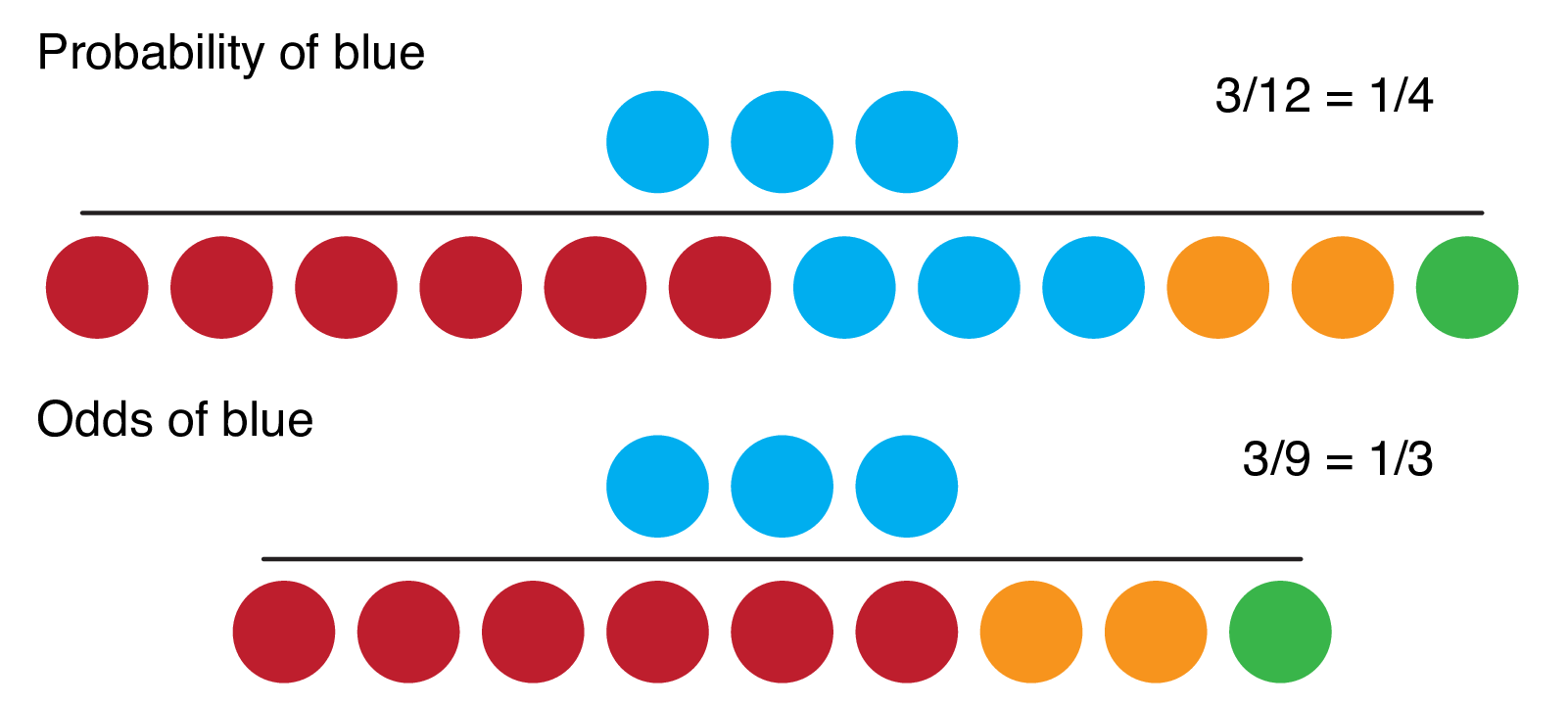



9 2 Binary Logistic Regression R For Health Data Science




Diagnostic Odds Ratio Wikipedia




On Biostatistics And Clinical Trials Odds Ratio And Relative Risk



Confluence Mobile Wiki Ucsf




Odds Ratios Vs Risk Ratios Stats By Slough
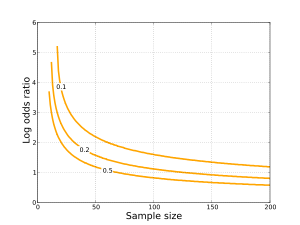



Odds Ratio Wikipedia




How To Calculate An Odds Ratio Youtube




Wasp Write A Scientific Paper Using Excel 12 Odds Ratio And Relative Risk Sciencedirect
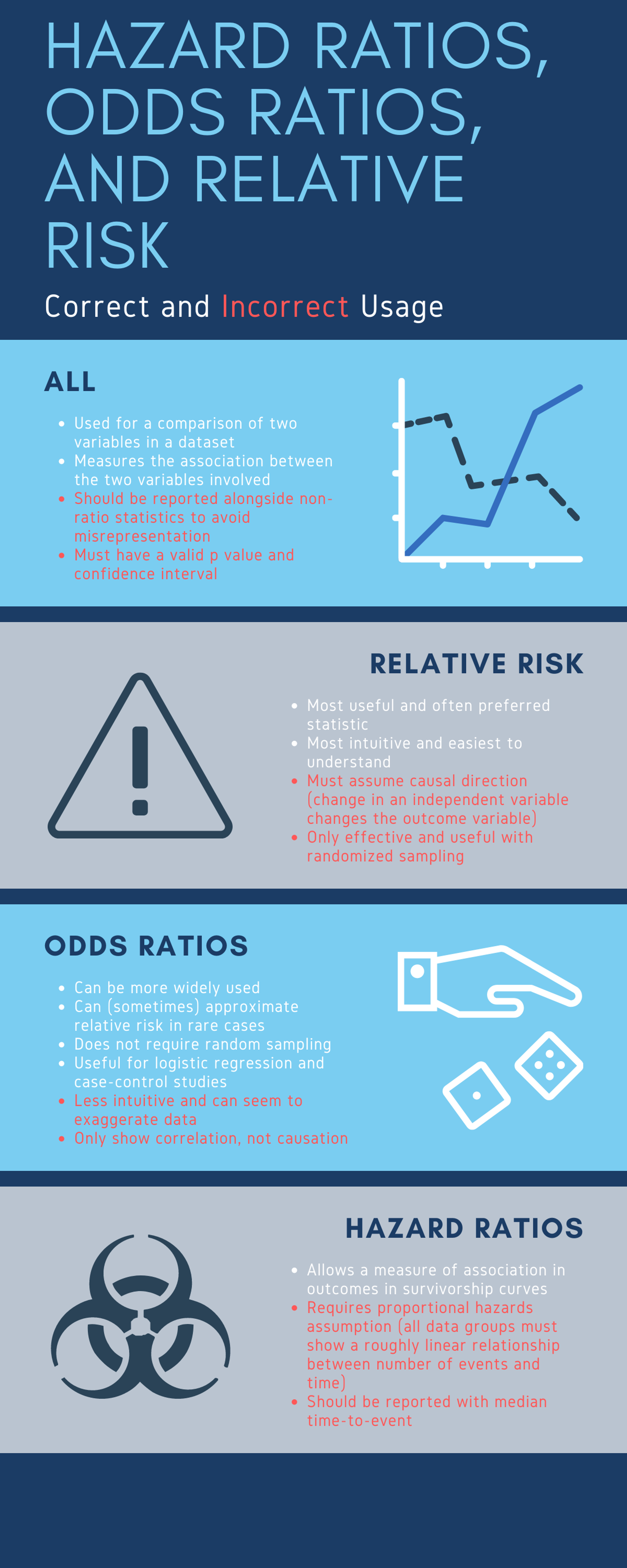



Cureus What S The Risk Differentiating Risk Ratios Odds Ratios And Hazard Ratios
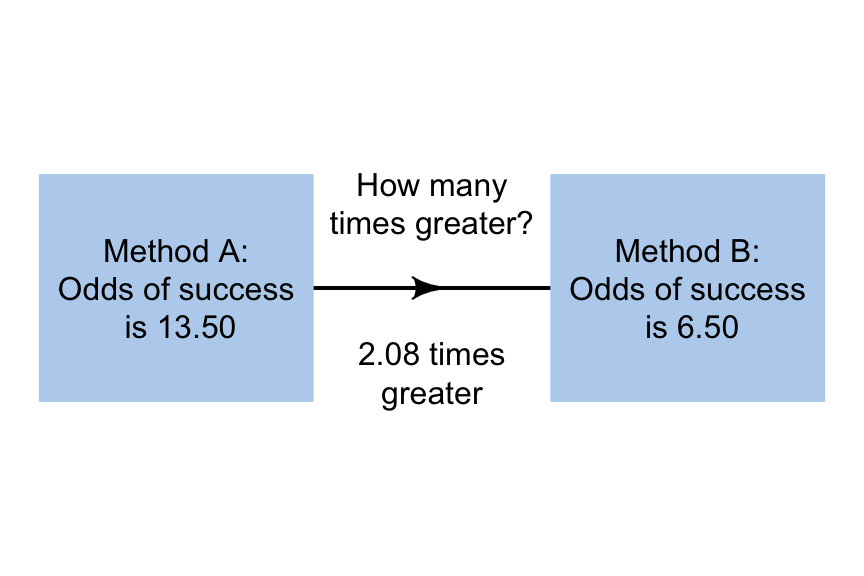



14 3 Odds Ratios Scientific Research And Methodology




How To Calculate Odds Ratios And Probabilities In Case Control Studies Cross Validated



1




Odds Ratios The Odd One Out Stats By Slough




Probability Odds Odds Ratio Youtube




How To Calculate Odds Ratio And Relative Risk In Excel Statology




Crude Odds Ratios Cor And Adjusted Odds Ratio Aor And Their 95 Download Table
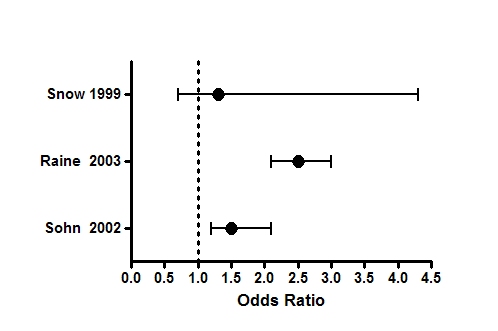



Graph Tip How Can I Plot An Odds Ratio Plot Also Known As A Forest Plot Or A Meta Analysis Plot Faq 809 Graphpad




Odds Ratio Relative Risk Risk Difference Statistics Tutorial 30 Marinstatslectures Youtube




Strategies For Graphing Distributions Of Log Odds Estimates And The Corresponding Odds Ratios Cross Validated
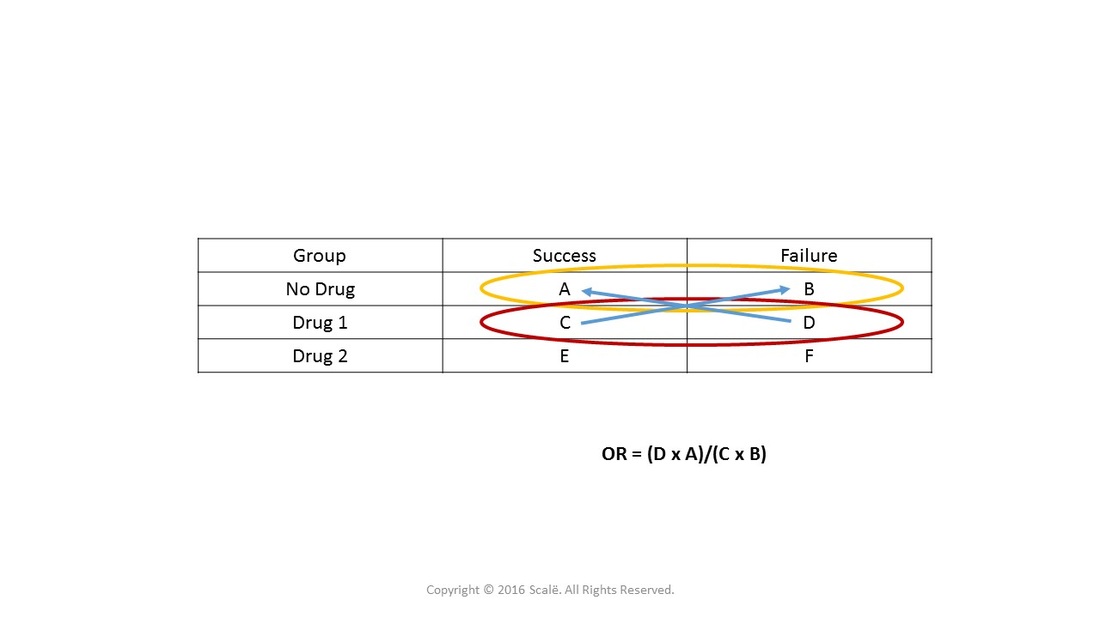



Use And Interpret Unadjusted Odds Ratio In Spss




What Is An Odds Ratio And How Do I Interpret It Critical Appraisal




Relative Risk Odds Ratios Youtube




Effect Size Statistics How To Calculate The Odds Ratio From A Chi Square Cross Tabulation Table The Analysis Factor
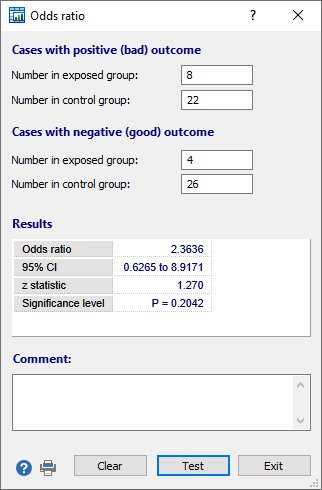



Odds Ratio
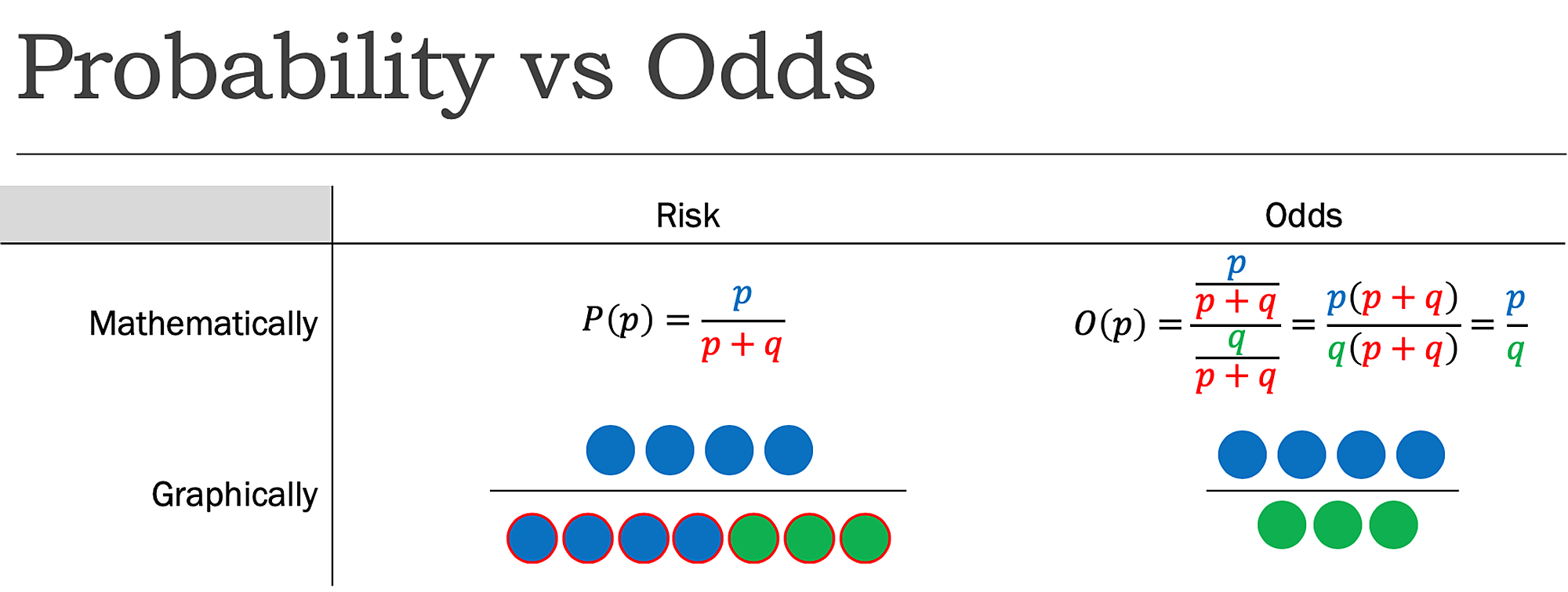



Cureus What S The Risk Differentiating Risk Ratios Odds Ratios And Hazard Ratios




Odds Ratio The Odds Ratio Is Used To Find The By Analyttica Datalab Medium




Figure 99 Pooled Odds Ratios Of Gastrointestinal Adverse Events And Strength Of Evidence For Monotherapy And Metformin Based Combination Comparisons Diabetes Medications For Adults With Type 2 Diabetes An Update Ncbi Bookshelf




Likelihood Ratio And Odds Ratio Slope Values Represent Odds As Shown Download Scientific Diagram




Odds Ratio Litfl Ccc Research




Joint Odds Ratios Ors And Interaction Odds Ratios Ior For G 9 E Download Table




Odds Ratios Versus Relative Risk




The Difference Between Relative Risk And Odds Ratios The Analysis Factor



Ctspedia Ctspedia Oddsterm




Odds Ratio Wikipedia



Odds Ratios Need To Be Graphed On Log Scales Andrew Wheeler




What Is A Pooled Odds Ratio Quora
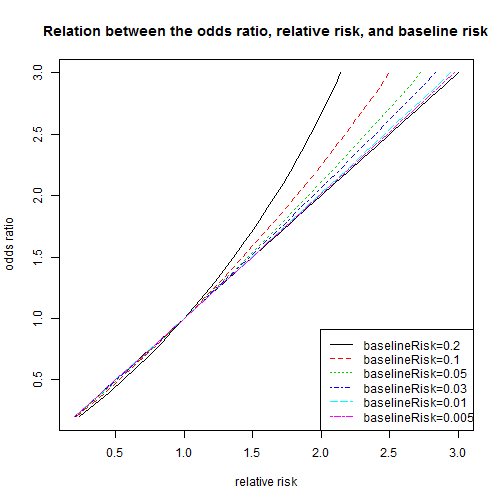



Relation Between The Odds Ratio Relative Risk And Baseline Risk




13 5 Odds Ratio Plot R For Health Data Science




Odds Ratios And Risk Ratios Youtube




How To Interpret And Use A Relative Risk And An Odds Ratio Youtube
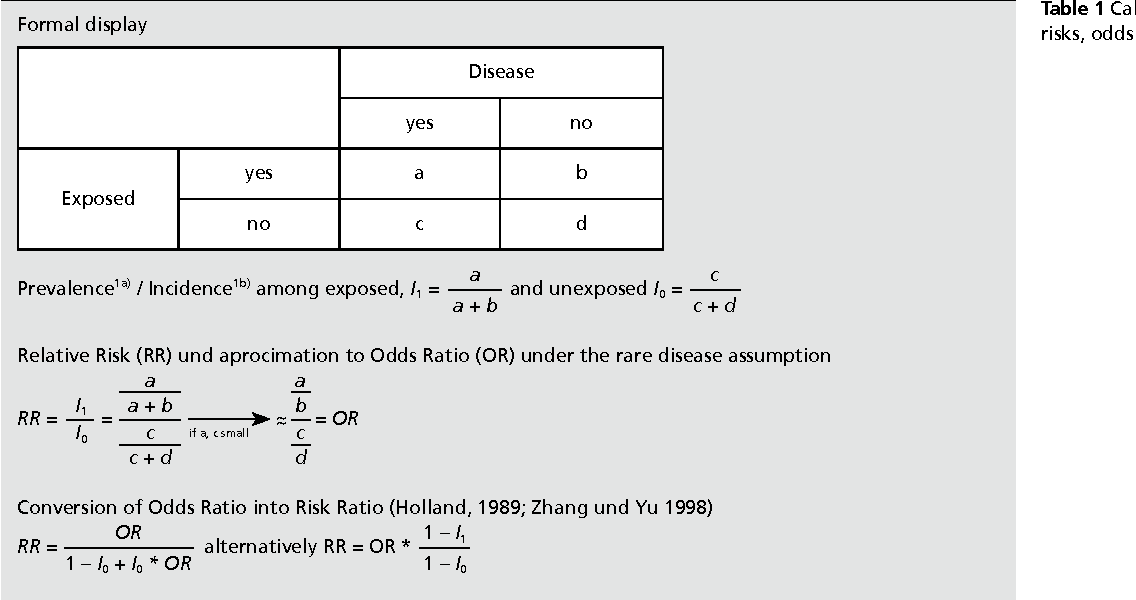



Pdf When To Use The Odds Ratio Or The Relative Risk Semantic Scholar




Statquest Odds Ratios And Log Odds Ratios Clearly Explained Youtube
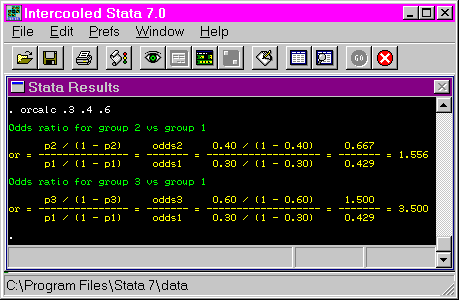



Stata Teaching Tools Odds Ratio Calculation




Interpreting Odds Ratio Senguptas Research Academy



Definition And Calculation Of Odds Ratio Relative Risk Stomp On Step1




Pdf When To Use The Odds Ratio Or The Relative Risk
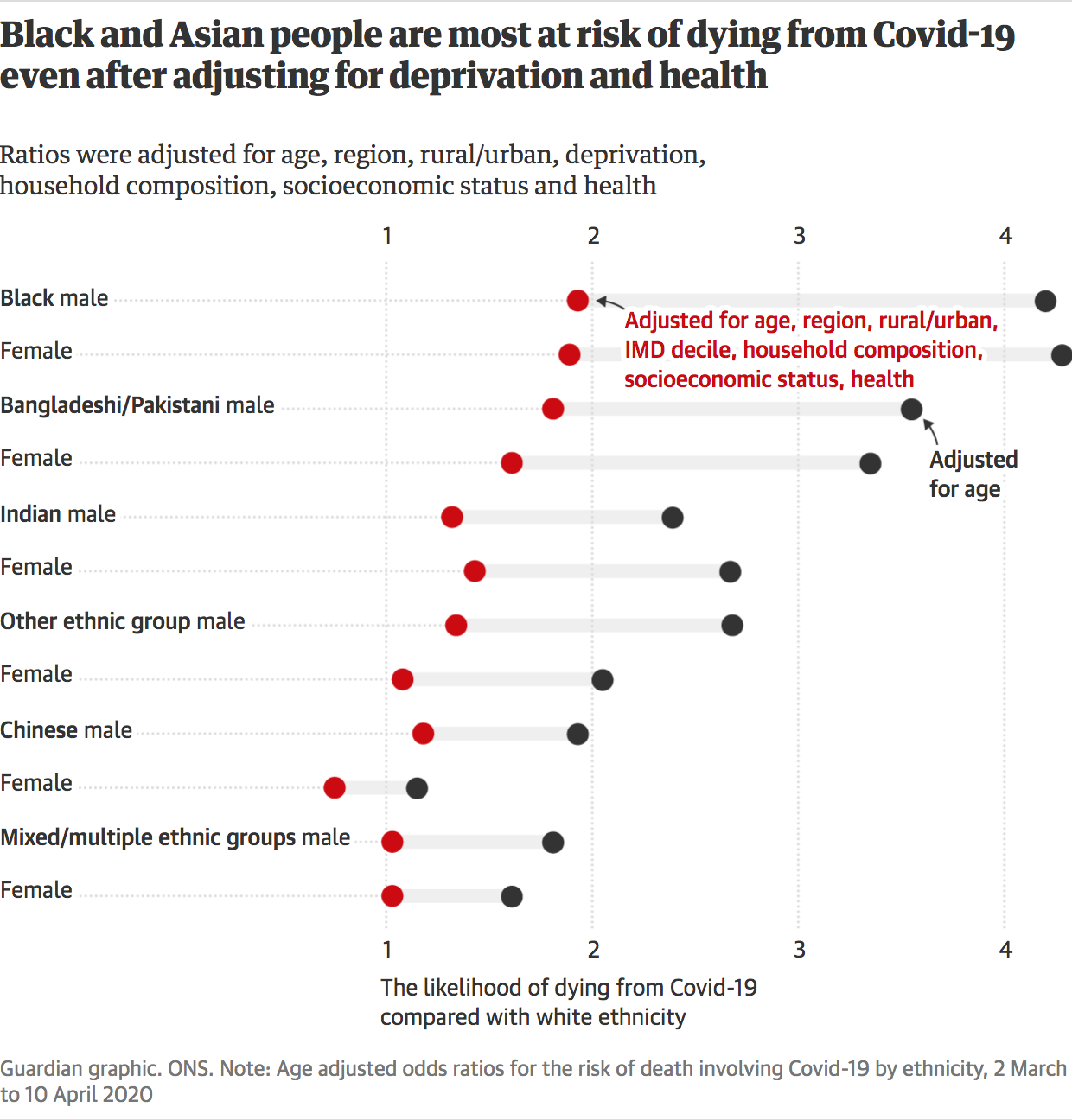



Against All Odds How To Visualise Odds Ratios To Non Expert Audiences Henry Lau




Figure 21 Forest Plot Of Odds Ratios For Mortality Kq4b Comparing Alcohol Counseling Intervention And Control Groups By Population Screening And Behavioral Counseling Interventions To Reduce Unhealthy Alcohol Use In Adolescents




How To Calculate Odds Ratio In Microsoft Excel



Relative Risk Ratios And Odds Ratios




What S The Interpretation Of The Ratio Of The Odds Ratio Between The Experimental And The Control Arm Cross Validated
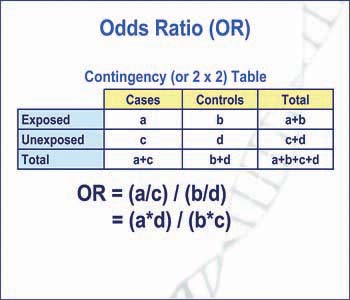



Epidemiology Odds Ratio Or Bean Around The World




A Most Odd Ratio American Journal Of Preventive Medicine
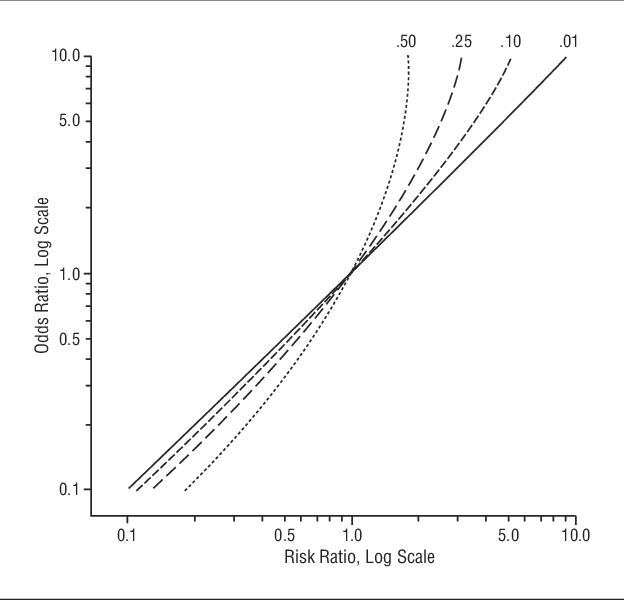



Pdf The Relative Merits Of Risk Ratios And Odds Ratios Semantic Scholar




A Odds Ratio Curve For The Association Between Linearly Increasing Download Scientific Diagram




A Beginner S Guide To Interpreting Odds Ratios Confidence Intervals And P Values Students 4 Best Evidence
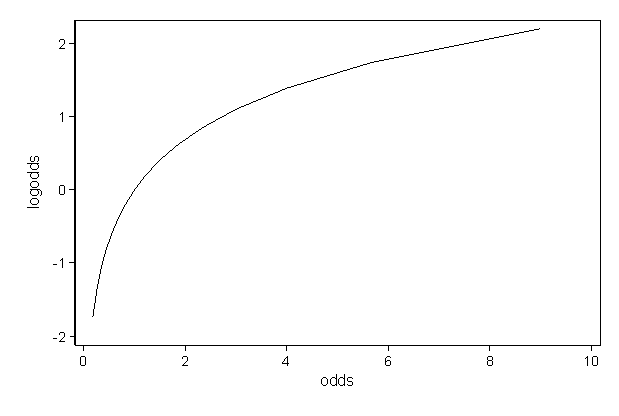



Faq How Do I Interpret Odds Ratios In Logistic Regression
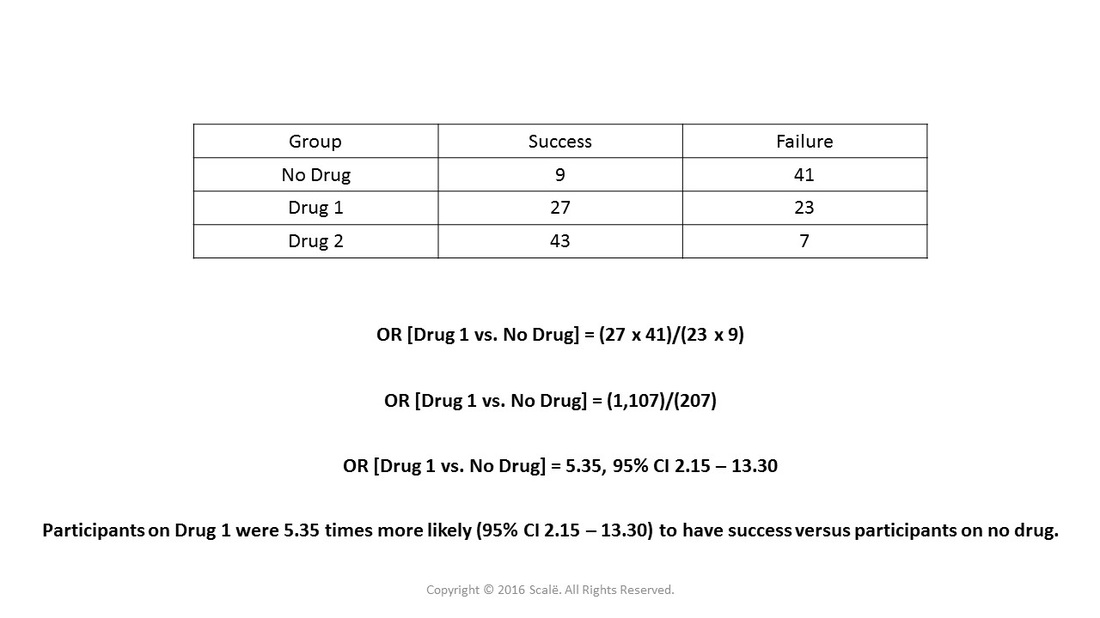



Use And Interpret Unadjusted Odds Ratio In Spss




Using Odds Ratio In Case Control Studies Youtube Case Control Study Study Teaching




Converting An Odds Ratio To A Range Of Plausible Relative Risks For Better Communication Of Research Findings The Bmj
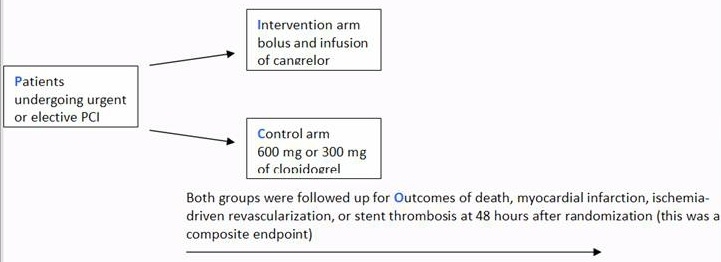



A Beginner S Guide To Interpreting Odds Ratios Confidence Intervals And P Values Students 4 Best Evidence




Relative Risk Versus Odds Ratio Usmle Biostatistics 4 Youtube




Odds Ratio Wikipedia




Diagnostic Odds Ratio Core Im Podcast




The Summary Odds Ratios And 95 Confidence Intervals Ci For The Download Scientific Diagram
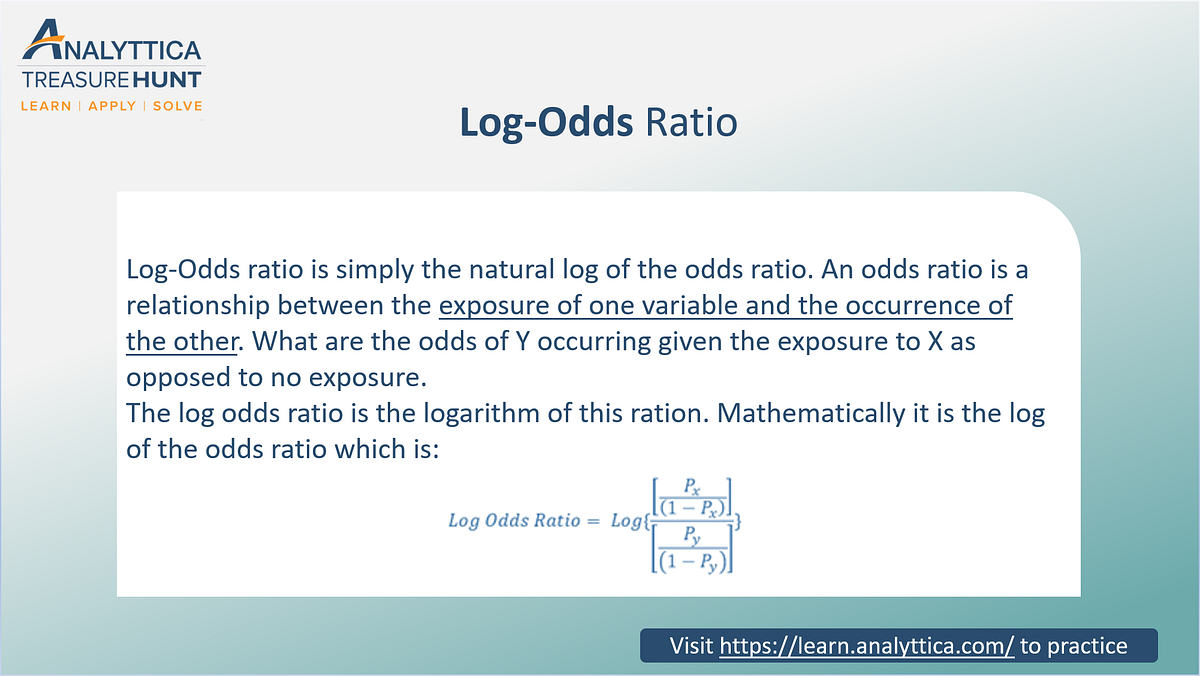



Log Odds Ratio Analytics Function Series By Analyttica Datalab Medium
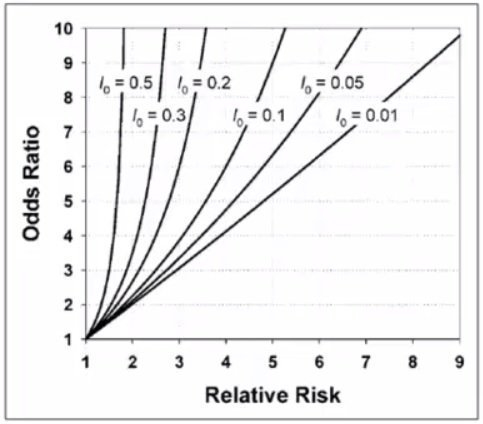



Cecile Janssens A Reminder That Odds Ratios Massively Overestimate Relative Risks When Outcome Is Common In The Population Or By Study Design E G Case Control Studies Io Is Proportion Of Cases
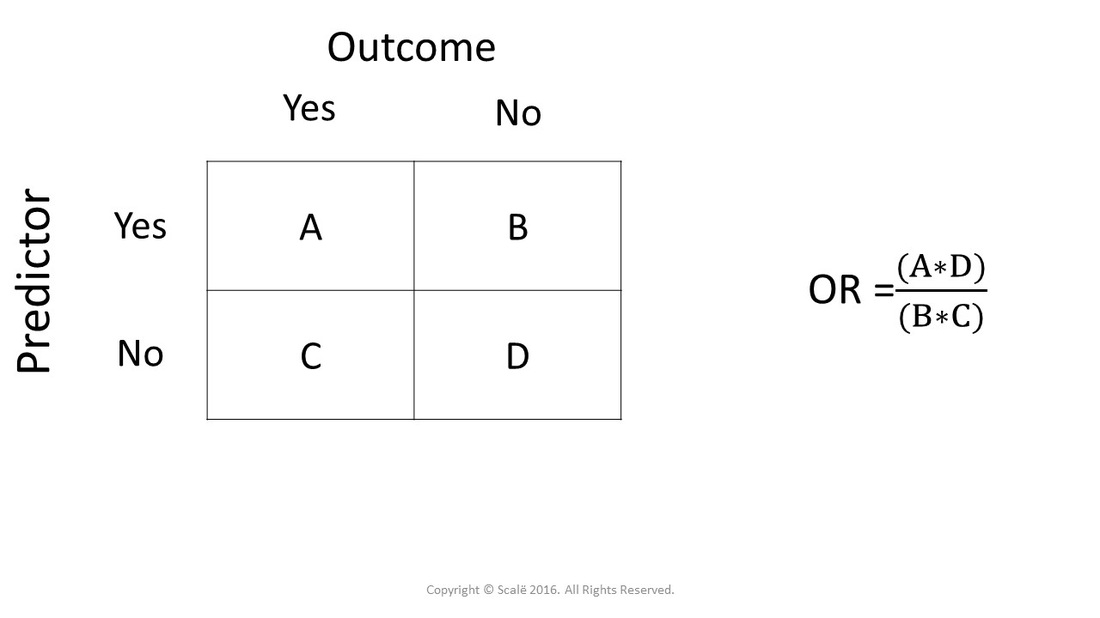



Calculate Odds Ratio With 95 Confidence Intervals



Are You Mixing Up Odds With Probability By Keith Mcnulty Towards Data Science




Calculation Of Ror Reporting Odds Ratio Contingency Table And Formula Download Scientific Diagram




Math Formula To Reproduce A Plot Comparing Relative Risk To Odds Ratios Cross Validated




R Calculate And Interpret Odds Ratio In Logistic Regression Stack Overflow



No comments:
Post a Comment